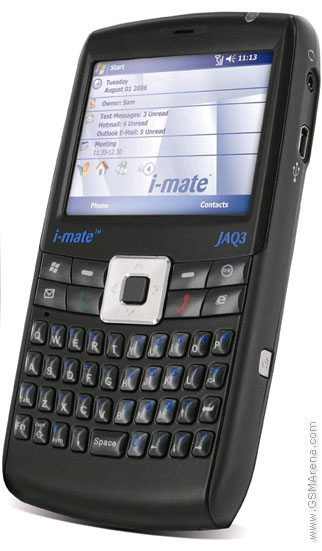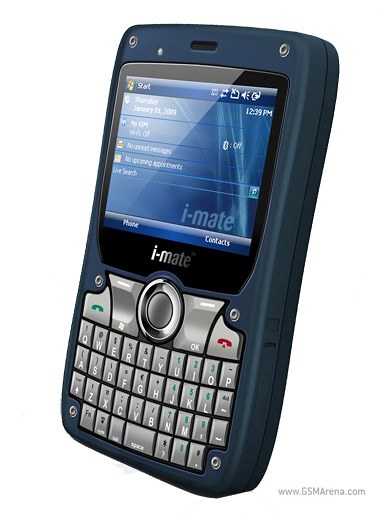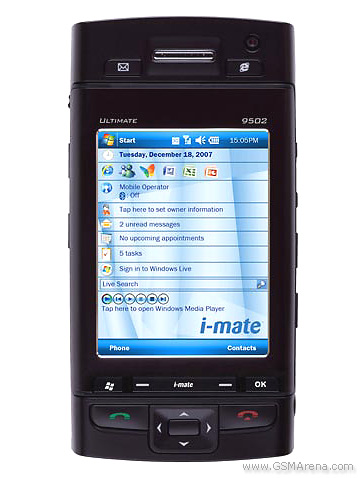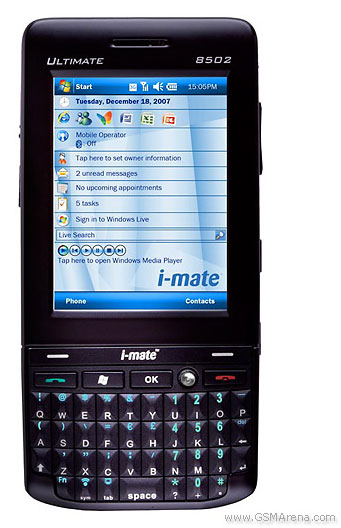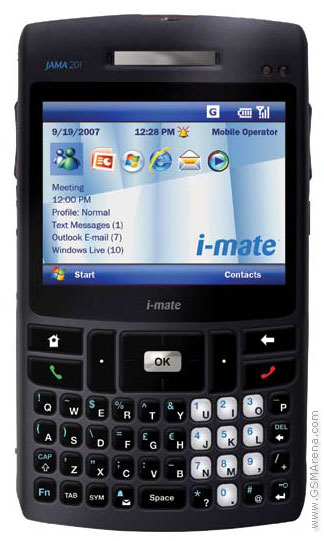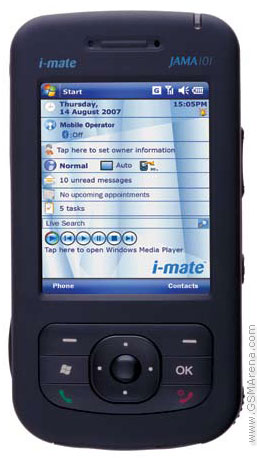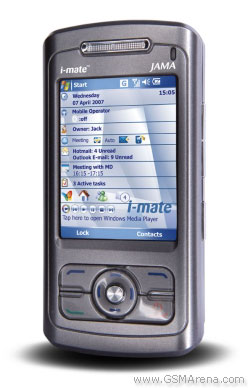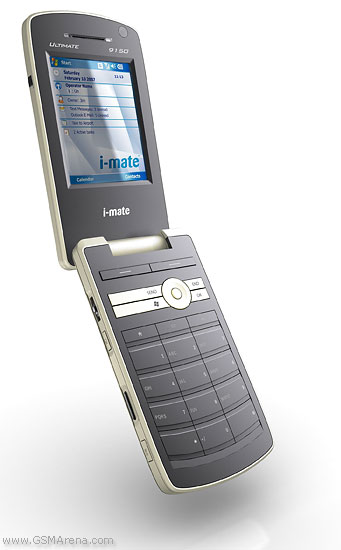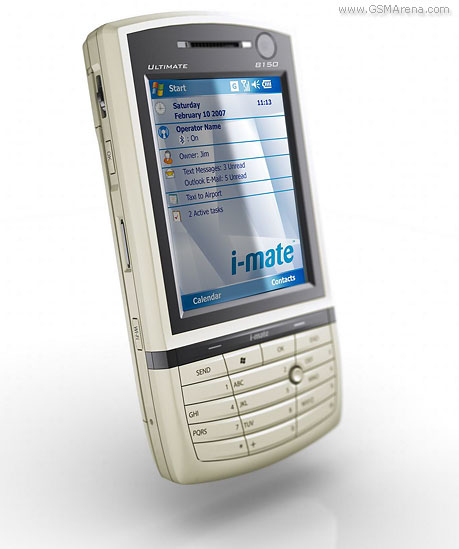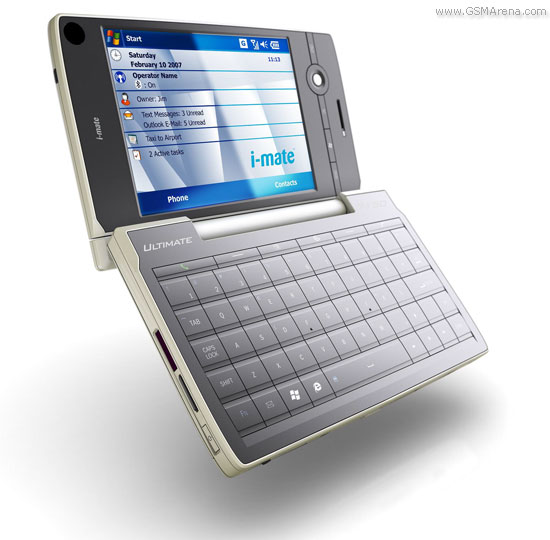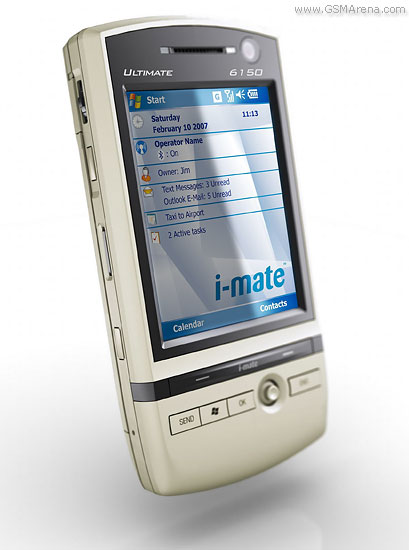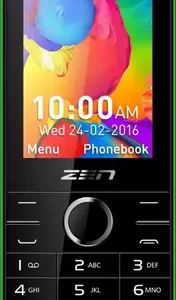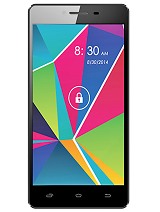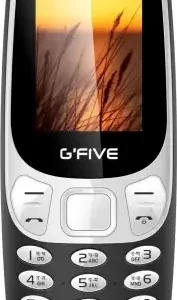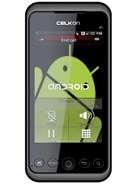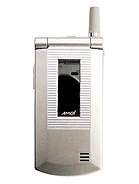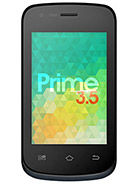i-mate JAQ3 Overall
The i-mate JAQ3, launched in November 2006, is a Windows Mobile smartphone that reflects the era’s design and technology preferences. Equipped with a 2.5-inch display, this device runs on a TI OMAP 850 chipset and features a 2 MP primary camera, offering basic but functional photography capabilities for its time. With 64 MB RAM and a 1200 mAh battery, the JAQ3 was designed to cater to the business user, providing a QWERTY keyboard for easier typing and email management on the go.
Despite its modest hardware, the i-mate JAQ3 was appreciated for its attempt to blend functionality with the then-emerging smartphone design trends. It supported essential connectivity options such as WiFi and Bluetooth, and it was compatible with BlackBerry services, which was a significant selling point for professionals relying on secure and efficient communication tools. The device’s inclusion of a touch screen was also noteworthy, allowing users a more interactive experience than many of its contemporaries. However, its performance today would be considered limited, especially with regards to speed, memory capacity, and internet browsing capabilities.
